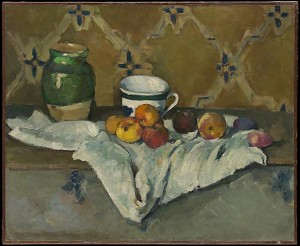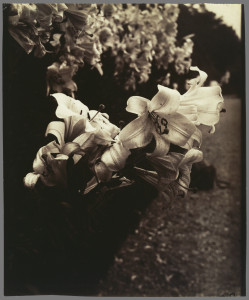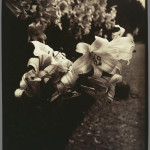 A few hours ago I was in a slightly dark, slightly musty living room, with two old sofas lining the walls and a wobbly rocking chair bridging the gap. It felt like heaven on earth.
A few hours ago I was in a slightly dark, slightly musty living room, with two old sofas lining the walls and a wobbly rocking chair bridging the gap. It felt like heaven on earth.
Of the five women there, two had just come from jail. One said it was the best thing that had ever happened to her. As a matter of fact, she had been on her knees, in a graveyard, praying to a statue of Jesus, telling Him she was at the very end of her rope and didn’t know what to do, when she had been picked up by the police, which had led to her 40 days of incarceration. She beamed as she told this story, tossing her long, shining hair like a horse’s mane. She added that years ago she had been given the name Clear Soul at a pow wow, which was how she was feeling, now she was clean.
The other stories were equally powerful, though not as dramatic. One of the women had a three year old daughter with her in the house, and the women took turns caring for her. She had become the house darling, the substitute child on whom they could pour their pent up maternal affections. All the other women were distanced from their children, either by court order, chaotic circumstances, or the consequences of addiction.
I go to this house, or its sister house, every week for a group called Narratives in Recovery. I tell a folk tale and invite the women to find connections that are pertinent for their lives. Yesterday I told the story of a Japanese sun goddess who is driven into hiding, depriving the world of light. As she finds her way back into the world, she sees her reflection for the first time and realizes her beauty. This is a story with obvious parallels for women who are working hard on recovery. And they latched on to it with enthusiasm. The universal story of darkness to light.
I end this session with a mirror exercise where each woman listens as the others reflect to her what they see as her true beauty, her highest and best self. I take notes, scribing the comments into a mirror form, entitled My True Self. Finally I read all the mirrors aloud, inviting the women to reflect on what it felt like to hear these words spoken, twice, about their inner beauty. It is always a moving and powerful experience.
Yesterday, however, after the exercise, the women insisted on doing a mirror for me. “It’s time to close,” I demurred. “No!” they shouted. “We want to do your mirror.”
I had to practice what I had been preaching. Be open. Breathe. This is a safe place, with trustworthy people. Listen deeply. Trust what you hear. Practice believing this is true about you.
It was revelatory. It was beautiful. I was seen and cherished by women who had endured more pain in a day than I had in a lifetime, and they were so generous, so capable of seeing into my heart, of witnessing my essence. All this, though they knew no details about my personal history or current life.
It was paradise. To move beyond external facts and divisions and simply witness the truth of each others’ being.
The image above is Three studies of women, Bloemart, 1620, courtesy of the Getty Museum
PS Also, dear friends and readers, in a few hours I’m departing for rural China where I’ll be chaperoning my nephew’s eighth grade class as we bicycle through southern villages. I’ll be on an electronic fast, so it will be a while before my next post, but I’ll be journaling, and I’m sure there’ll be at least one blog post that chronicles the adventure.


 Recently I encountered Kate Munger at a conference. Kate founded the
Recently I encountered Kate Munger at a conference. Kate founded the 